Choosing a sofa is no easy process—there are so many options on the market, many of which are major investments, and even lower-end finds can still cost a pretty significant chunk of change. Plus, you’re shopping for a piece that you’re bound to be using every day, so you’ll want it to stand the test of time while still being comfy and looking chic.
There’s just so much to consider! To help you streamline your sofa-buying process, we spoke to seven interior designers who highlighted five factors to keep in the front of your mind before you make a purchase.
1. Be Strategic When it Comes to Color
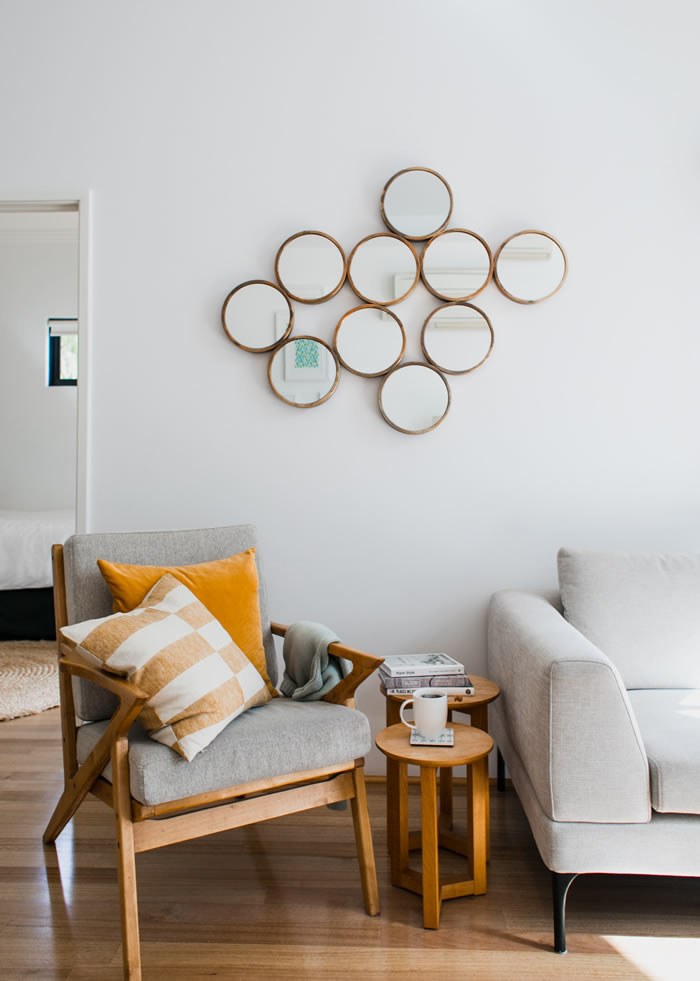
Designers get it: White sofas are pretty. But skip them if they aren’t conducive to your lifestyle—you’ll thank yourself later. “Before you commit to the pale color that you see online or in the showroom, ask yourself a few questions,” urges Laura Medicus, a designer in Denver, Colorado. “Do you have pets who get up on the sofa?
Do you have small children? Do you regularly eat on the sofa? Do you regularly drink red wine or coffee on the sofa? If any of those are a yes, a white sofa is probably not for you.”
That said, you may not want to go too far off the beaten path when it comes to hue, either. “Don’t buy a color because it’s trendy,”
New York City designer Isabella Patrick notes. “Right now, I’m seeing a lot of greens and yellows and dark oranges. I love these colors, but can you see yourself living with them for five, 10, or 15 years?”
Also, don’t forget to consider the actual fabric of the sofa while you’re thinking about color. Darker colored linen might end up being less practical than lighter velvet if the fabric is more delicate and prone to stains or tears.
The performance velvet available in our collaboration with Interior Define is an editor favorite for durability without sacrificing style.
Stains are easily buffed out with water and a mild detergent, even on lighter shades. If you’re unsure about fabric or color, always order a set of swatches (Interior Define offers 10 for free!) to get a sense of how it feels to the touch and how the piece will look in your interior lighting.
2. Measure, Measure, Measure
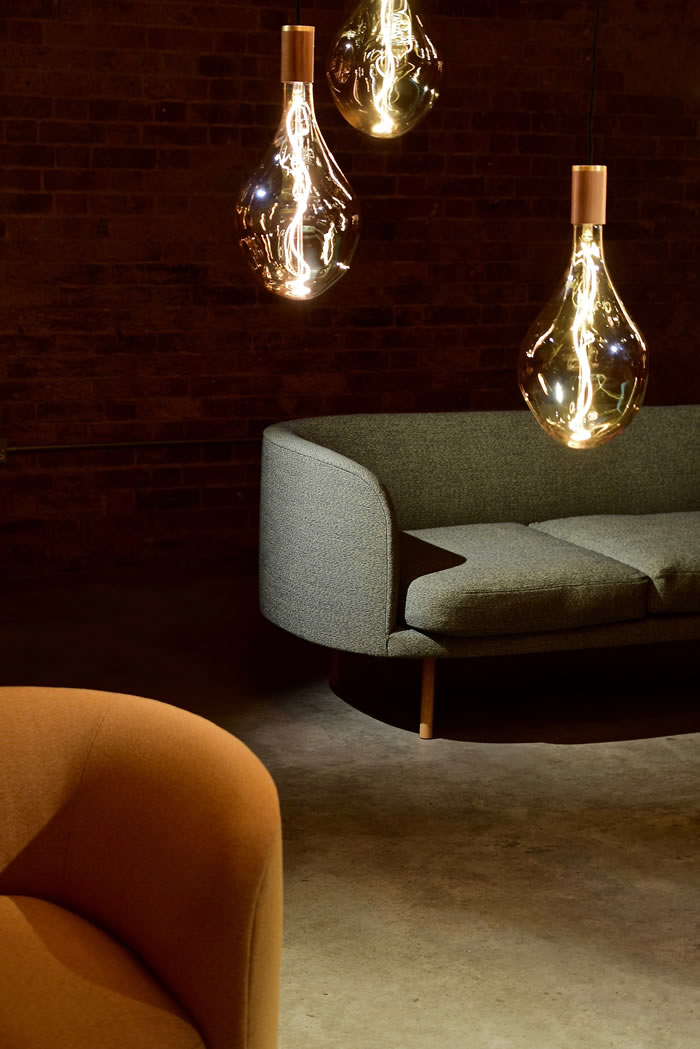
When evaluating a sofa’s size, you’ll of course want to consider how it’ll look in the context of your living room—Medicus advises placing painter’s tape on the floor to create an outline of the piece’s measurements before clicking “purchase.”
But there’s one more step involved: triple checking that the prospective sofa can adequately fit through your apartment’s front door (or up the stairway, if your building doesn’t have an elevator)! A little foresight will save you time and money down the line.
Additionally, don’t forget to measure a sofa’s height and the depth of the seat, design Instagrammer Erika Kikola advises. She notes, “Our previous couch was teeny, so we made sure our sectional provided enough space for us to lay, cuddle, and sit up while feeling supported.”
If you fall in love with a piece, check the customization options. With our Interior Define x The Everygirl collection, you can adjust the length and increase the depth size to ensure you get the perfect fit for your space. If you need something that’ll fit in a tighter space, try a loveseat or piece designed specifically to fit in smaller apartments.
3. Choose a Price That’s Right
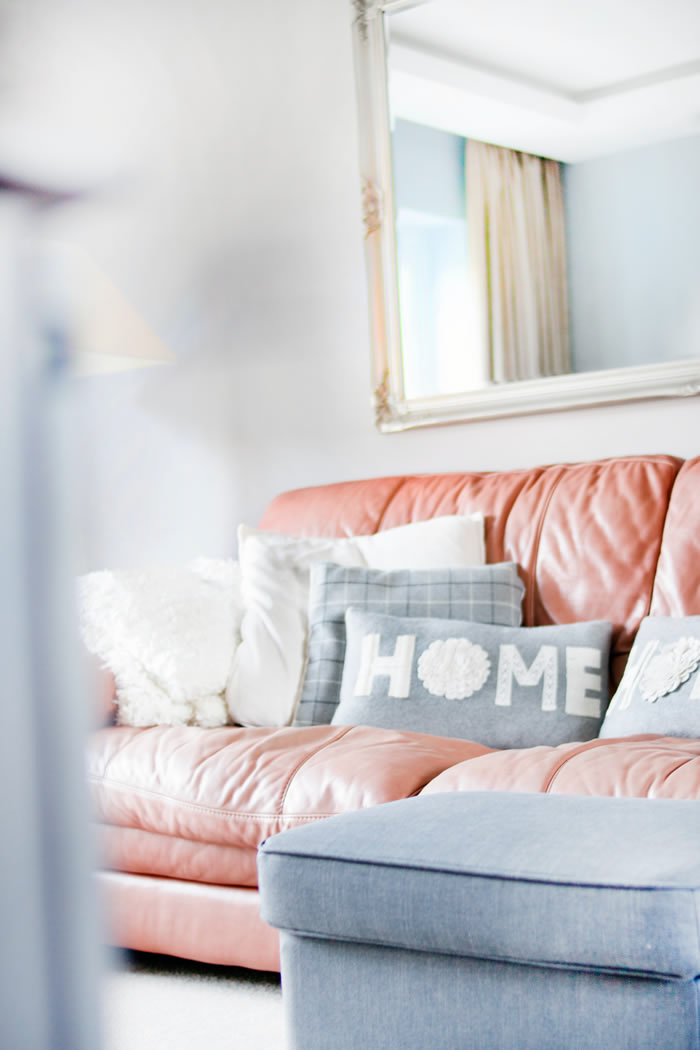
“Once you find your perfect style of sofa, purchase the best quality your budget will allow,” says Gordana DiMonte, creative director at Douglas Design Studio in Toronto.
“After all, you will be using this piece of furniture every day. Consider the value over time and how long you wish to keep the sofa.” This may mean spending a bit more money to ensure that the piece you purchase is high quality and will last for several years. You’ll likely be happier paying extra upfront if it means that you won’t have to replace a piece after a short period.
That being said, if you frequently move apartments and can’t guarantee that your future space will accommodate a certain piece, you’ll likely want to steer away from making a major investment until you settle into a more permanent home.
Looking at styles in person can be beneficial if you’re having a tough time making a decision. “Online shopping makes it easy to buy just about anything, at any price, but you will do yourself a favor by taking the time to visit a few stores and actually sit in different styles, with different cushions, arm heights, and fabrics,” advises Kelly Mlsna of Madison, Wisconsin’s Cake + Jelly Design. “You might be surprised at what you really like and want.”
4. Think About How You’ll Use the Piece
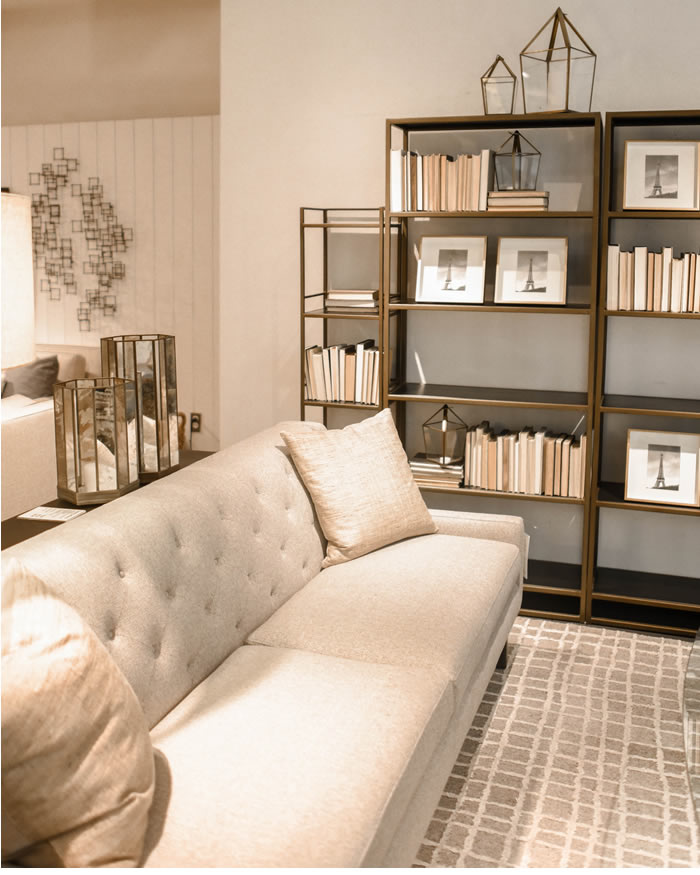
The sofa you choose can easily inform the overall aesthetic of space for better or worse. For example, Patrick explains, “Sectionals are popular but tend to be more casual.
Two facing sofas are more formal but can be made cozy, depending on what your end-use is.” DiMonte says, “If you want to achieve a contemporary look, keep the lines of your sofa clean and the colors neutral. If your style is more feminine, you might opt for curvier lines and some tufting.”
If you love to host a happy hour for the entire crew, two-facing sofas may be the move, but if your lifestyle is more chill, comfort is key. “Do you like to snuggle up on a squishy couch with your dog and binge on Netflix? Consider down cushions and a seat with a generous depth,” suggest Sharon Derry and Casey Stallings of Lime Tree Home in St. Louis.
5. Make it Complementary
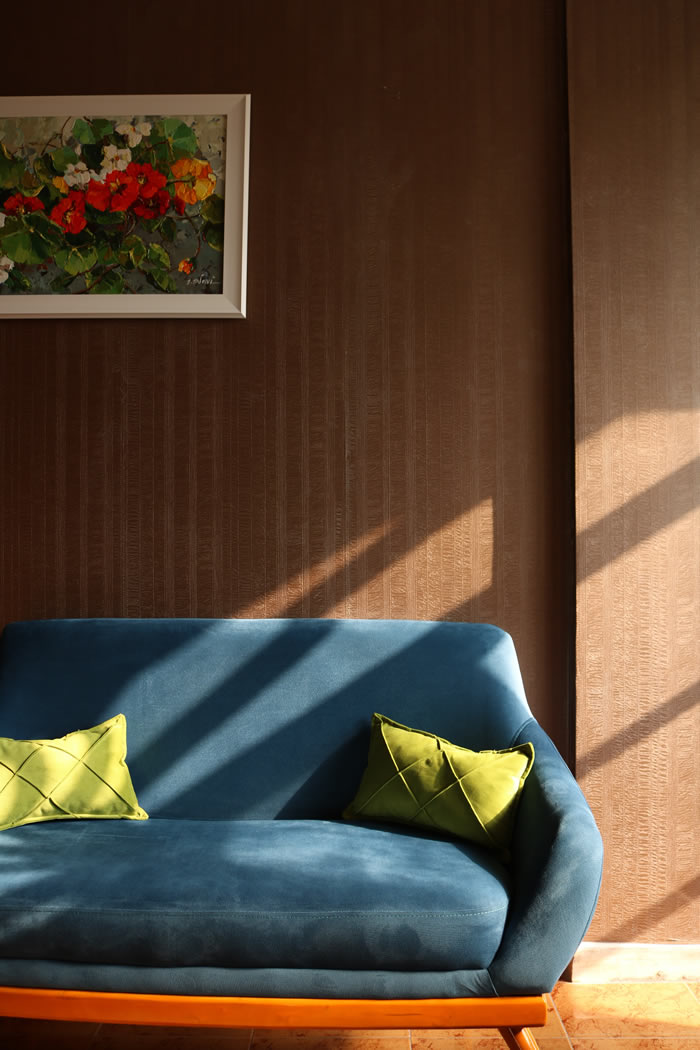
If you’re purchasing a replacement sofa and don’t plan to change any of your existing decors, you’ll want to ensure that the piece you buy complements your living room setup. As DiMonte notes, “Any fabric which is selected, the style or finish, needs to be integrated with the existing elements in the room, such as the wall color and other pieces of furniture to create a harmonious environment.”


